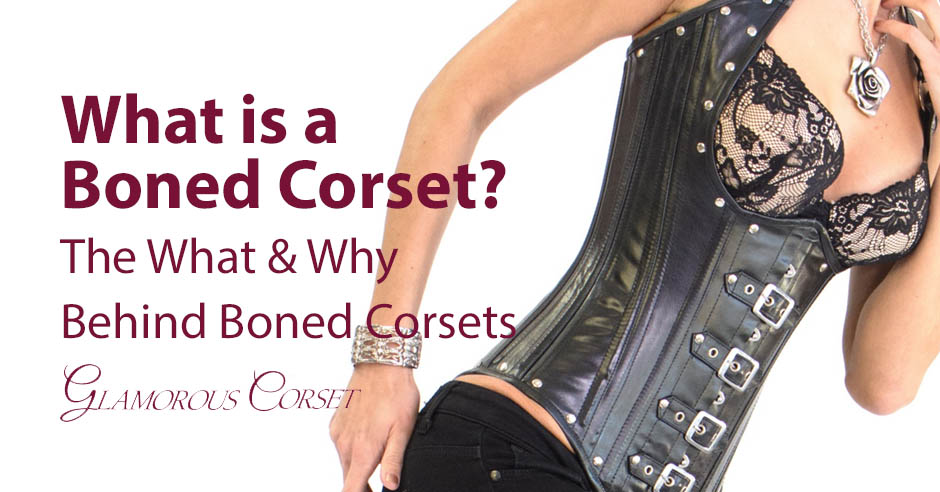Blog
What is a Boned Corset? The What & Why Behind Boned Corsets
Whether you prefer overbust or underbust corsets, whether you’re using them for cinching, training, lingerie, or simply looking fabulous in every stitch of clothing you put on, you’ll find that there is no shortage of options when it comes to finding the right corset for your needs. That said, you will have to decide if you want a corset with boning or one without.
What is a boned corset? What makes it superior to or different from a corset without boning? Why would you choose this type of corset? Here are a few things you need to know if you’re looking to purchase a corset.
What is a Boned Corset?
Some corsets are made with fabric alone, whether they are crafted from pretty satin or they use spandex, latex, or mesh materials. Some of these corsets are designed mainly for superficial purposes such as taming tummies or merely looking pretty.
In a more traditional sense, corseting provides a means of body shaping, and today, as in the past, corsets are used for waist training and creating an hourglass figure. This type of corseting requires a much more inflexible structure, which is where boning comes in.
Boning consists of thin rods of stiff material, like steel, that are sewn into the fabric of the garment at intervals for the purpose of forcing the body to conform to a specific shape. Boning works with tight lacing to allow the wearer of a corset to create a desired shape.
The Evolution of Boned Corsets
Once upon a time, corsets relied on whale boning for garment rigidity. This is perhaps how the interior structure of a corset came to be known generically as boning. The purpose of placing long, thin bones (or other materials) within the structure of the corset was twofold.
For starters, corsets are designed to mold the body into a desired shape. When using fabric alone, a lot of strain is put on a garment, which can split at the seams. The addition of boning stabilizes the garment. However, it also creates a rigid structure that is better suited to sculpting the soft tissues of the body into a specific form, such as an hourglass shape.
Today the practice of using whale bone (as well as materials like baleen or ivory) is not only frowned upon from a social and environmental perspective, but there are much better products available, such as steel boning. Modern materials can do the same job (or better) as original boning without the environmental impact. If you purchase a vintage corset, don’t be surprised if the boning is actual bone!
Why Choose a Boned Corset?
The main reason to choose a boned corset over the alternative is shaping. Today, many women use boned corsets for the purpose of waist training, or reducing their waist size and creating an hourglass figure.
If you’re simply trying to hide some unwanted belly fat or smooth your torso under clothing, a waist cincher may be more your speed. However, if you’re looking to change the shape of your body and achieve that hourglass figured, boned corsets are a necessity.
If you have additional questions about steel boned corsets, contact us, we’d love to hear from you! To stay up-to-date on our latest news & tips, like us on Facebook & subscribe to our mailing!

My name is Rachel, I am the owner of Glamorous Corset, a small business founded by me in 2010. Back In 2005, I was in a car accident that left me with a herniated disk. Much to my surprise I learned steel boned corsets were beneficial to several medical injuries including mine. I was always intrigued with corsetry, their history and their beautiful aesthetic. I love sharing knowledge about corsets, educating my wonderful readers and breaking the negative stigma related to corsetry. In combination with my years of research and personal experience I hope my articles are useful and can help anyone who has struggled with some of the same things I have. More about me…


